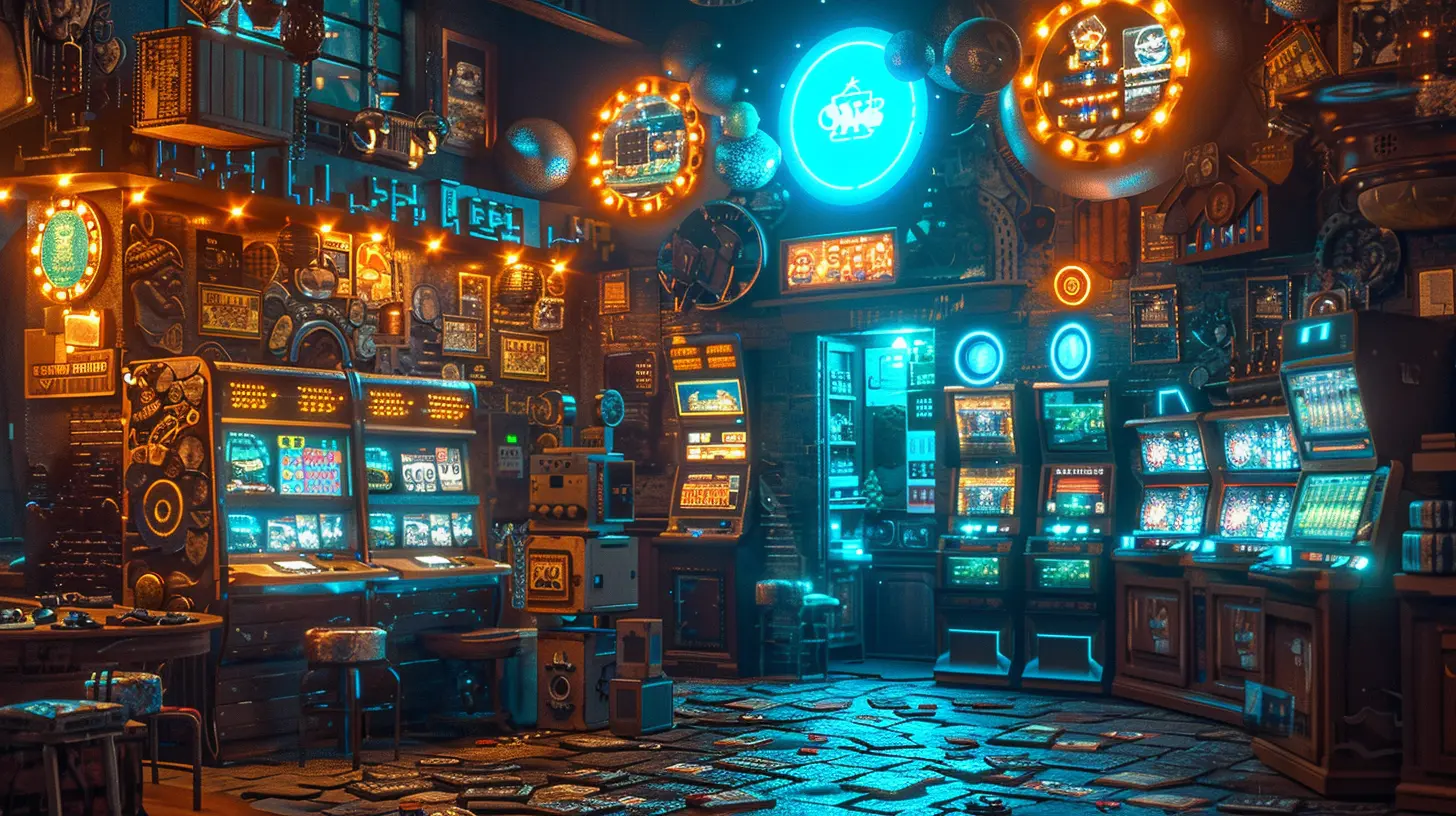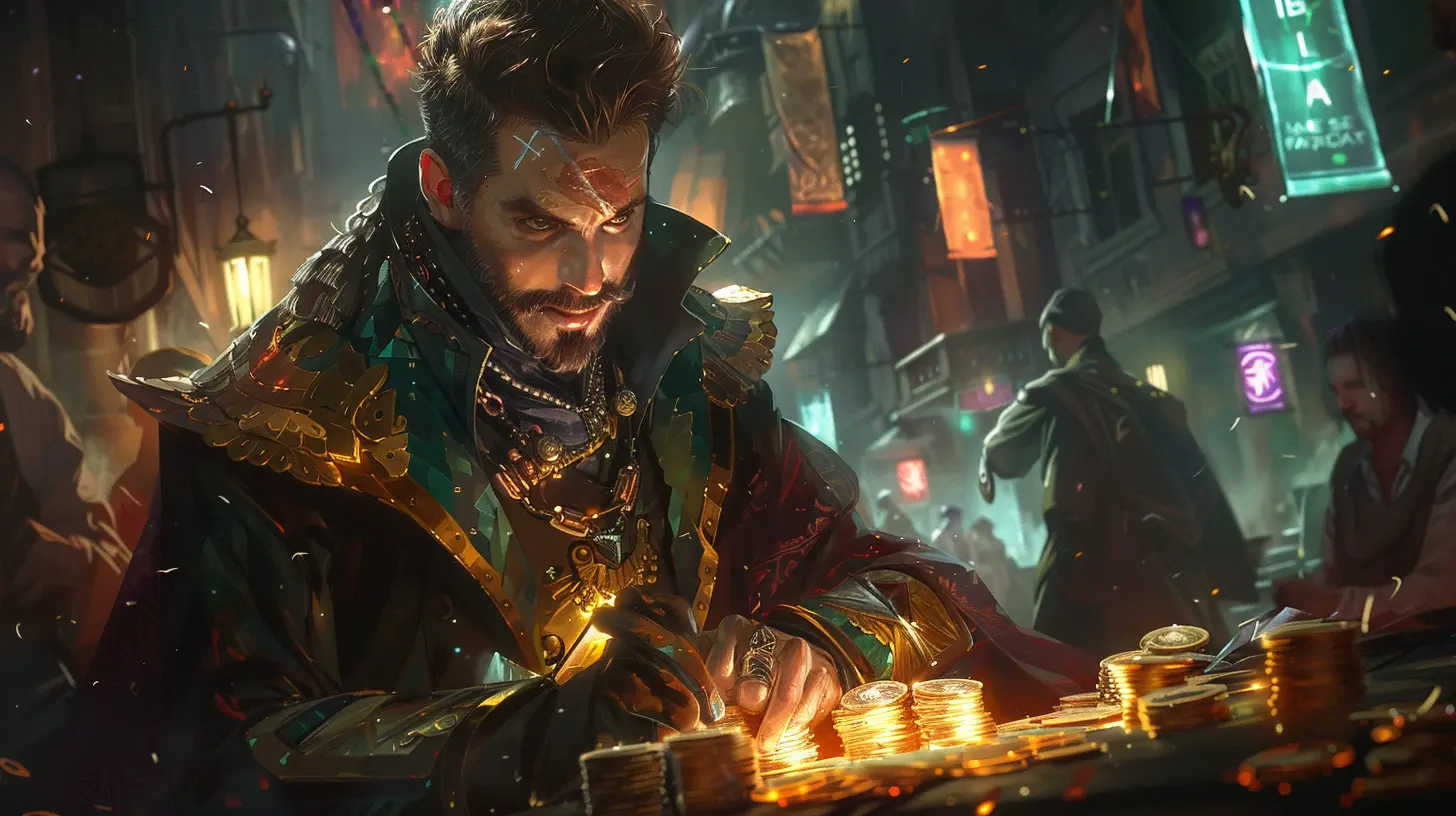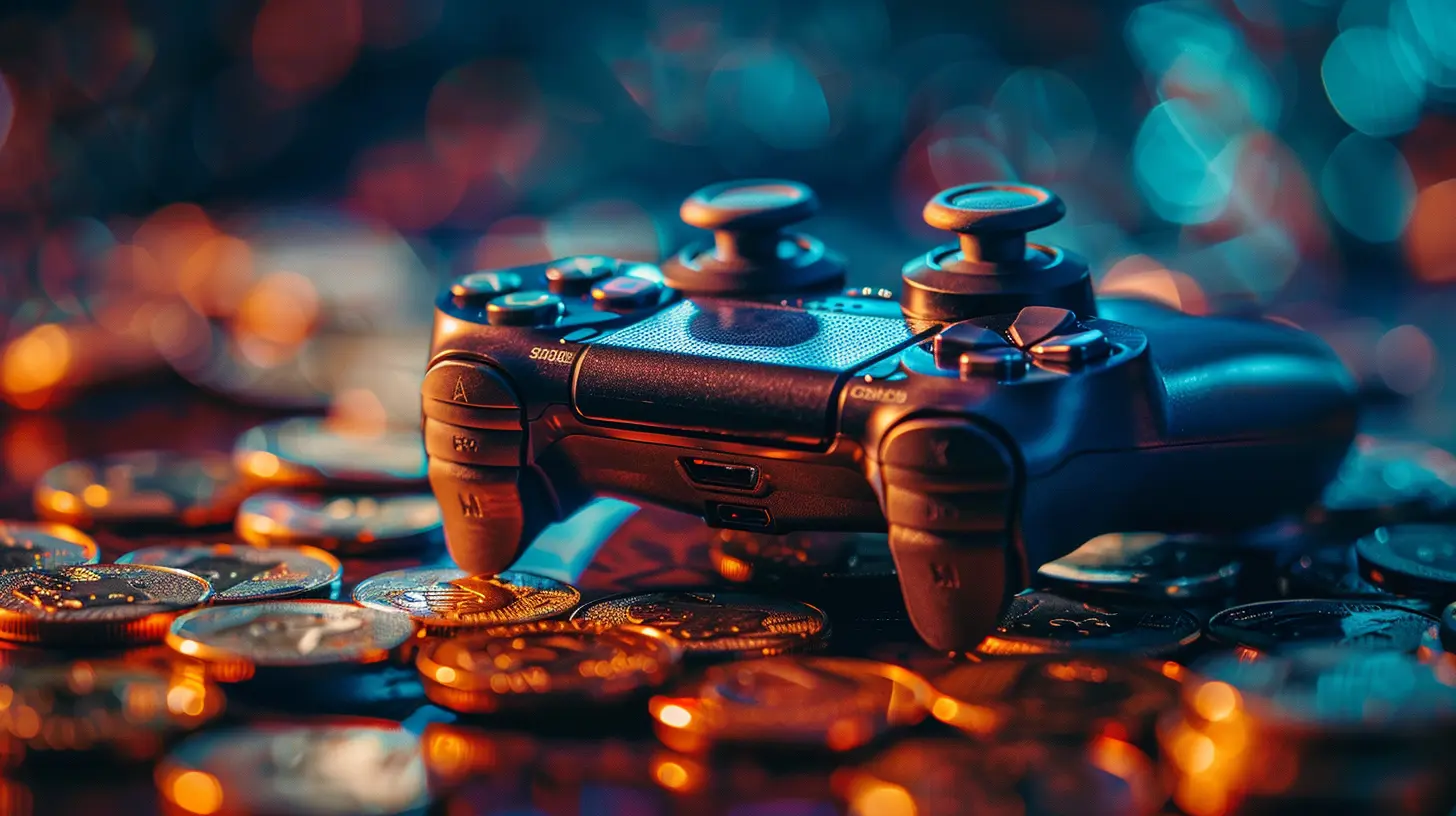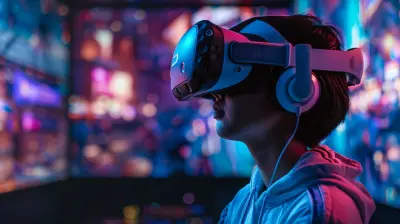The Future of Microtransactions and Player Backlash
15 August 2025
Let’s be honest—microtransactions aren’t going anywhere. Whether we like them or not, they’ve become a significant part of modern gaming. From buying cosmetic skins in Fortnite to unlocking characters in mobile games, the in-game purchase model is now woven into the fabric of the gaming industry.
But here’s the catch: while they’re great for developers’ bank accounts, many gamers feel like they’re getting the short end of the joystick. We've all seen the outrage on forums, YouTube rants, and social media hashtags calling out greedy practices.
So where does the gaming world go from here? What’s the future of microtransactions, and how are developers going to walk the tightrope between profit and player satisfaction?
Let’s break it all down.
What Are Microtransactions, Really?
Before we dive into the future, let’s clear up what microtransactions actually are.A microtransaction is a small purchase made within a game. These can be anything from extra skins, characters, or weapons, to energy boosts that help you progress faster. Some are purely cosmetic (like a new outfit for your character), while others can impact gameplay (uh-oh, here comes the “pay-to-win” debate).
They’re super common in free-to-play games, but they’ve also made their way into full-priced AAA titles. And for many players, that’s where the real frustration begins.
The Evolution of Microtransactions
Let’s rewind a bit. Remember the good ol’ days when you bought a game and that was it? You paid once, and everything the game had to offer was yours. No extra costs, no in-game stores, just pure, uninterrupted fun.Fast forward to the present, and now even a $70 game might push you toward its in-game shop before you've even completed the tutorial. So, how did we get here?
DLCs Were Just the Beginning
Downloadable Content (DLC) was the original form of post-launch monetization. It offered new missions, maps, or characters for a fee. While some gamers didn’t mind paying for extra content, others saw it as developers holding back part of the game just to charge more for it later.Then came the rise of mobile gaming. Games like Clash of Clans and Candy Crush proved there was big money in bite-sized purchases. Console and PC game developers took notice.
Enter Loot Boxes and In-Game Currencies
Suddenly, loot boxes were everywhere. These digital grab bags offered random rewards, turning games into something resembling a slot machine. You never knew what you'd get, and that mystery made them addictive—especially for younger players.And let’s not forget about in-game currency: gold coins, gems, V-Bucks, Apex Coins—you name it. They're designed to make the real money you're spending feel less real. Clever, huh?
The Rising Tide of Player Backlash
As microtransactions became more aggressive, gamers started pushing back. Hard.Battlefront II: A Turning Point
When Star Wars Battlefront II launched in 2017, it became the poster child for everything wrong with microtransactions. Players had to grind for dozens of hours—or spend real money—to unlock iconic characters like Darth Vader. The backlash was so intense that EA had to disable microtransactions temporarily.That moment changed the conversation. It wasn’t just grumbling on forums anymore. Real action was being taken, even by governments looking into whether loot boxes were a form of gambling.
Gamers Are Speaking with Their Wallets
The cool thing is, developers are listening—at least some of them. Games like The Witcher 3 and Elden Ring proved you could create a critically acclaimed, wildly successful game without drowning players in microtransactions.On the flip side, titles that go too far too fast often suffer in sales or get torn apart in reviews. Turns out, gamers can spot greed from a mile away.
Why Do Developers Still Use Microtransactions?
Here’s the million-dollar question—literally. If so many players hate microtransactions, why are they still so prominent?Simple: they make money. Like, a lot of it.
Games aren’t cheap to make anymore. We’re talking hundreds of millions of dollars for big titles. Microtransactions help offset those costs and keep games profitable long after launch day.
Plus, they allow developers to support live-service models where a game evolves over time with new content and events. Fortnite, Apex Legends, and Genshin Impact are great examples—they’re free to play, but rake in millions each month through in-game purchases.
The Fine Line Between Fun and Exploitation
Let’s be fair—not all microtransactions are bad. When implemented tastefully, they can actually enhance the experience.Gamers are generally okay with paying for content that’s fair, transparent, and optional. Want to look like a space unicorn with laser wings? Awesome. Just don’t make that unicorn stronger than everyone else just because someone paid $10.
Cosmetic vs. Pay-to-Win
Most of the backlash stems from “pay-to-win” mechanics—when paying players get an unfair advantage. Competitive balance goes out the window, and the game stops being fun for everyone else.Cosmetic items? That’s a bit more accepted. If someone wants to strut around in golden armor, great. Just keep the playing field level.
Regulation and Legislation: Are Governments Stepping In?
Yep, and not just as an empty threat. Places like Belgium and the Netherlands have already cracked down on loot boxes, classifying them as gambling. Other countries are investigating, too.This could push developers to rethink how they structure their in-game economies. Transparent odds, age restrictions, and outright bans on certain practices might become the new normal.
And honestly? That might not be a bad thing.
What Does the Future Hold?
Alright, here’s where things get interesting. The future of microtransactions isn’t just about what developers want—it’s about what players are willing to accept.1. More Transparency
Gamers are demanding more clarity. What exactly are you getting? What are the odds? Hidden mechanics and manipulative tactics are becoming unacceptable.Expect more games to make their microtransaction models crystal clear upfront.
2. Subscription Models and Battle Passes
A lot of games are shifting toward battle passes or monthly subscriptions instead of random loot boxes. These offer more structure and predictability. You know what you’re getting, and there's a sense of value in grinding for specific rewards over time.Battle Passes strike a nice balance between monetization and player satisfaction—when done right.
3. Ethical Monetization
This is the buzzword of the future. Developers and publishers that want to stay in gamers’ good graces are looking at ethical monetization practices.That means no manipulative tactics, no gambling elements, and no sneaky paywalls hidden behind “fun” mechanics.
4. Decentralized Gaming and NFTs
Let’s not forget the blockchain elephant in the room—NFTs. While controversial, some developers are exploring this tech to allow players to truly own digital items. Imagine buying a rare sword and being able to sell it to another player or use it across different games.Still, this space is murky, and a lot of players remain skeptical. It’s flashy, but trust isn’t something you can buy—no matter how rare the token.
5. Community-Driven Development
The good news? Players have more power now than ever before. Social media, Reddit, and review platforms are amplifying voices. Developers are taking notice.Community feedback is helping shape how games are made and monetized. Studios that listen tend to thrive. Ones that don’t? Well, they usually get roasted—and not in a fun meme way.
How Gamers Can Make a Difference
Want to shape the future of microtransactions? You can.- Speak up. Use your voice in forums, reviews, and social media.
- Vote with your wallet. Don’t support games that use unethical monetization.
- Support devs doing it right. Reward games that offer fair and fun content.
Remember, you’re not just a player—you’re part of the ecosystem. And your actions matter more than you think.
Final Thoughts
Microtransactions aren’t inherently evil, but their implementation can be. The future will be all about finding that sweet spot—where developers can earn revenue, and players can enjoy a game without constantly being nudged to open their wallets.As long as gamers keep holding companies accountable, there’s hope for a fair, fun, and profitable gaming world for everyone.
And who knows? Maybe that golden unicorn armor will come with a heartfelt “thank you” instead of a price tag.
all images in this post were generated using AI tools
Category:
Game TrendsAuthor:

Tina Fisher
Discussion
rate this article
1 comments
Zanya McMillan
Microtransactions may evolve, but player voices matter most!
August 18, 2025 at 3:10 PM

Tina Fisher
Absolutely! Player feedback is crucial in shaping the future of microtransactions and ensuring a fair gaming experience.


